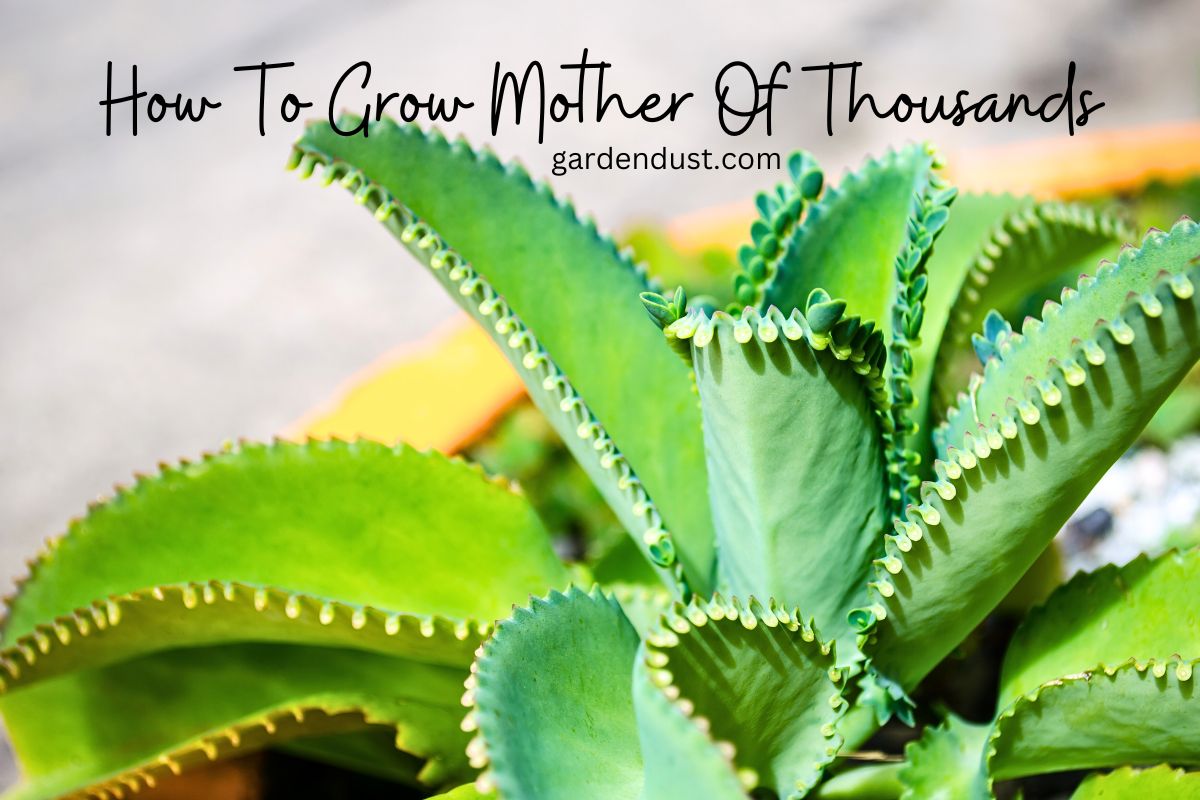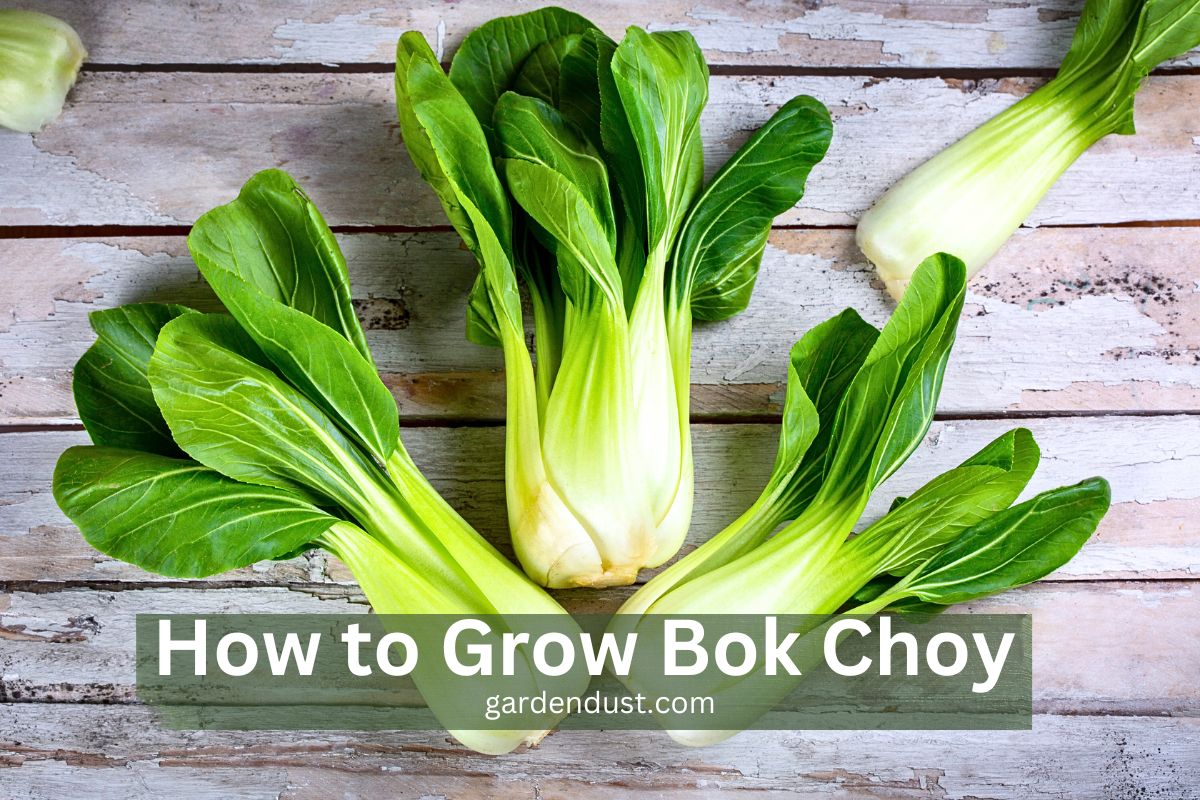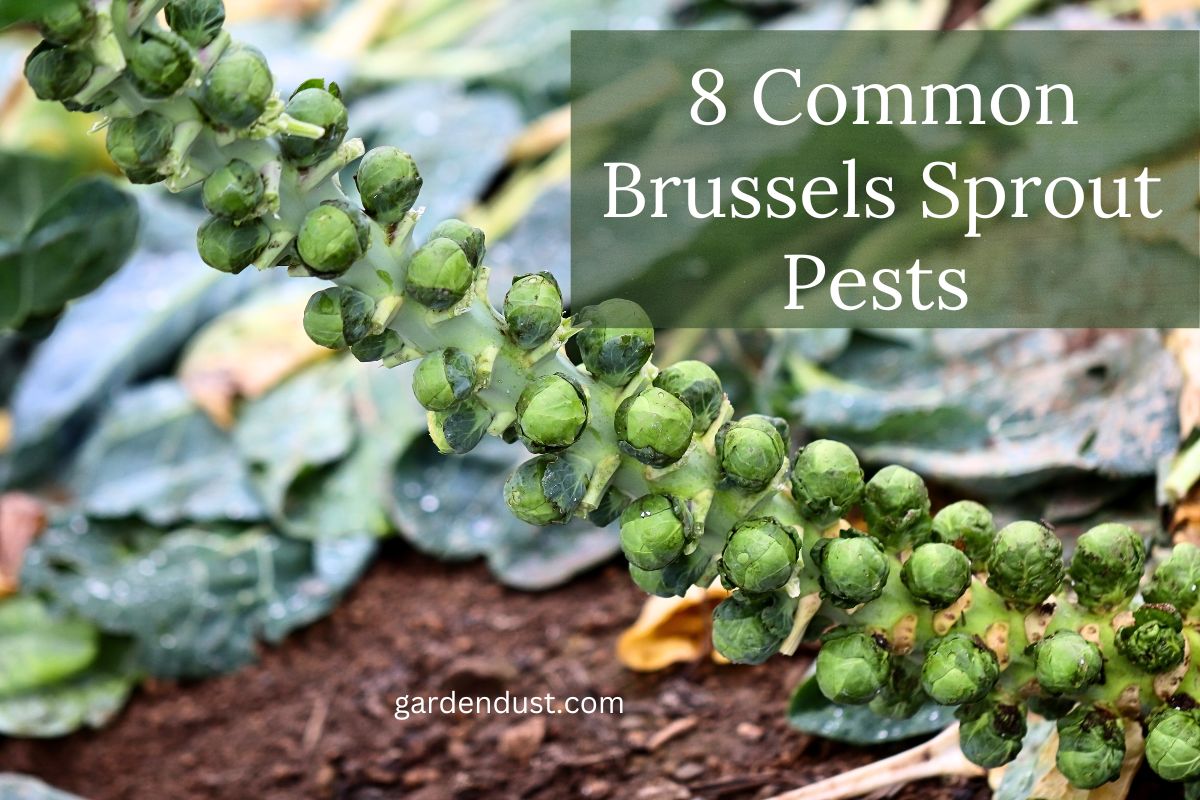Kalonji is cultivated as a commercial crop. Its seeds are very beneficial. It is known by many names in different places. Its seeds are very small. Whose color looks like art. The taste of its seeds is pungent with a slight bitterness. Used to flavor naans, bread, cakes, and pickles and to increase acidity.
Its seeds contain 35% carbohydrates, 21% protein, and 35-38% fat. In addition to food, Kalonji is also used as a medicine. The oil extracted from its seeds is beneficial in diseases like heart disease, cancer, diabetes, back pain, and stones. Apart from this, its oil is also used in making cosmetics.
Kalonji plant is suitable for dry and humid climate. Its seedlings need a lot of cold to grow. The plant needs high temperature during the ripening period. Fertile well drained fertile land is suitable for cultivation.
If you are also thinking of cultivating it, today we are going to give you complete information about its cultivation.
Suitable soil
For the cultivation of Kalonji, sandy loam with organic matter is most suitable. Soil drainage should be good for cultivation of Kalonji. It cannot be grown in rocky soil. The pH of the soil for its cultivation. Value must be between 6 and 7.
Climate and temperature
The tropical climate is perfect for its cultivation. Its cultivation is necessary in both winter and summer. Its seedlings need cooling to grow. And cooking requires high heat. For this reason it is mostly cultivated in India along with rabi crop. Its trees do not need much rain.
Its plants need different temperatures at different times. At the time of germination, its seeds need normal temperature for germination. Temperatures around 18 degrees are then suitable for growth. And during the ripening of the crop, the temperature is better around 30 degrees.
Improved varieties
There are several improved varieties of Kalonji which are based on their income.
N. R. C. S. s a. N. – 1
This is a good thing. This type of plant is found to be about two feet in length. Plants of this species are ready for harvesting about 135 to 140 days after sowing. The yield per hectare is about 8 quintals.
Azad Kalonji
This species of Kalonji is widely grown in Uttar Pradesh. Trees of this species are of normal height. The yield per hectare is 10 to 12 quintals. Plants of this species are ready to ripen in about 140 to 150 days after sowing.
Pant Krishna
Kalonji is about two to two and a half feet long. Plants of this genus are ready for harvest about 130 to 140 days after sowing. Its yield is around 8 to 10 quintals per hectare.
N. S.-32
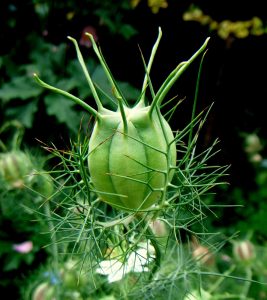
This is a new improved variety of Kalonji. Trees of this species are of normal height. The yield per hectare is 10 to 15 quintals. Its seedlings are ready to ripen about 140 days after sowing.
Farm preparation
For cultivation of Kalonji, first clean the field thoroughly and plow two to three times. Then apply appropriate amount of old manure in the field and mix it well in the soil. After mixing of manure in the soil, plow the field. When the soil in the field starts drying after plowing, plowing should be done again with the help of rotavator. So the soil becomes humus rich. After plowing in the field, level the soil by running the pat.
Method and timing of seed sowing
Colonji is sown through seeds. For this, beds of suitable size should be prepared in the leveled field. Its seeds are sown in these vafas. Its seeds are sown in the field. One hectare requires about 7 kg of seed. Its seeds should be processed before planting in the field. Appropriate amount of Thiram should be used for seed processing.
Kalonji is cultivated along with rabi crops. In the meantime, its sowing time is from mid-September to mid-October. Planting should be done in the meantime. However, it can be sown till last October.
Irrigation of plants
Kalonji trees have a general need for water. Water the seeds immediately after planting. After that, lightly water the field at the right time to retain moisture till the seeds germinate. Water the plant at intervals of 15 to 20 days.
Fertilizer quantity
Kalonji plant needs fertilizer like other crops. For this, while plowing the field at the beginning, old manure should be applied along with plowing at the rate of 10 to 12 carts per hectare. In addition, two to three bore NPKs are used as chemical fertilizers. This amount should be paid during the last plowing of the field.
Weed control
Weed control in Kalonji cultivation is done by Nilai herbicide. For this, initially after 20 to 25 days after sowing, the plants should be light blue in color. Two to three hens of seedlings are sufficient for weed control in Kalonji plants. After the first pot, the rest of the pot should be done at intervals of 15 days.
Plant diseases and their prevention
Very few diseases are seen in Kalonji trees. But there are some diseases that affect the product by damaging its plants. Properly covered, it will withstand a great deal of adverse conditions.
Cut larvae
Cutworm can occur at any stage after germination of the plant. Plants deteriorate quickly after the onset of the disease. This is because the pests of this disease destroy the tree near the surface of the soil. Apply appropriate amount of Chlorpyrifos on the roots of the plants as soon as the disease appears in the field.
Root rot
Waterlogging during monsoon brings root rot disease on the plants. When the disease strikes, the tree begins to wither. The leaves then turn yellow and begin to dry out. To prevent this disease, do not allow water to accumulate in the plants. In addition, only certified seeds should be grown in the field.
Cutting down trees
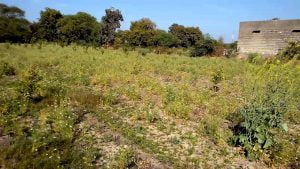
Its seedlings mature in about 130 to 140 days after sowing. When the plants are ripe, they are uprooted. After uprooting, the seedlings are collected and left in the field for a few days to dry in the scorching sun. Then when the plants are completely dry. The grain is then taken out by beating the wood.
Income and profit
There are various varieties of Kalonji plants with an average yield of 10 quintals per hectare. The market price of which is around 20 thousand per quintal. According to this, farmers earn about two lakhs from one hectare at a time.




